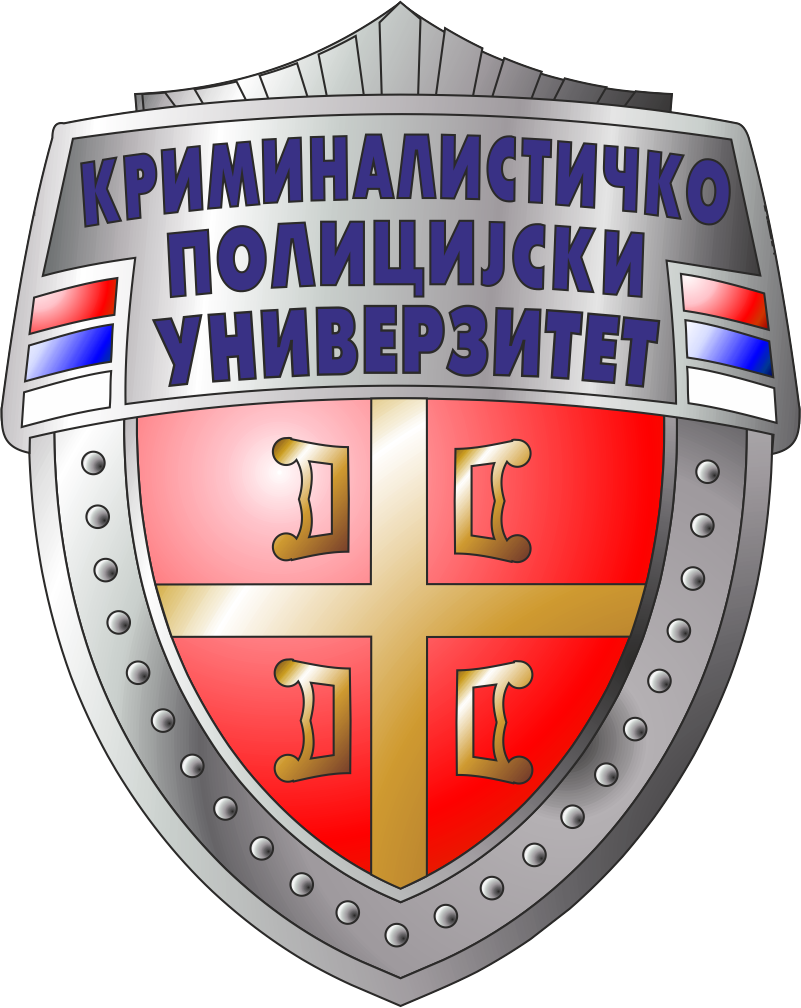Приказ основних података о документу
Corpse identification in murder investigations
Identifikacija leša u kriminalističkim istragama ubistva
| dc.creator | Marinković, Darko | |
| dc.date.accessioned | 2019-03-21T15:58:54Z | |
| dc.date.available | 2019-03-21T15:58:54Z | |
| dc.date.issued | 2011 | |
| dc.identifier.issn | 0409-2953 | |
| dc.identifier.uri | http://jakov.kpu.edu.rs/handle/123456789/374 | |
| dc.description.abstract | People can generally be identified by something they possess, know or by what they are. When we talk about corpse identification, we can use only the first and the third identification basis, considering the fact that identifying a person on the basis of what he/she knows is not possible in this case. Identification of the majority of dead people is carried out by visual observation, i.e. recognition by a family member or a close friend. Accordingly, the method of recognition represents the oldest and most frequently used method to establish the identity of a corpse, which is quite acceptable under certain circumstances and there is not a need to complement it with some other method of positive identification. However, the corpse identification methods are mostly determined by forensic medicine, which applies knowledge's of pathology, anthropology, odontology and other forensic disciplines for this purpose. In some cases there is a necessity to combine methods and knowledge of forensic pathology (soft tissues) and forensic anthropology (osteologic remains of a body). Establishing a corpse identity represents a point where the respective knowledge of a crime investigator, pathologist, anthropologist, odontologist and geneticist meet. | en |
| dc.description.abstract | Ljudi se generalno mogu identifikovati putem nečega što poseduju, znaju i što jesu. Kada je reč o utvrđivanju identiteta leša, u obzir dolazi prvi i treći osnov identifikacije, s obzirom da, po logici stvari, utvrđivanje identiteta putem nečega što lice zna u ovom slučaju nije moguće. Identifikacija većine umrlih sprovodi se vizuelnim predočavanjem, odnosno prepoznavanjem od strane članova porodice ili bliskih prijatelja. U tom smislu, metod prepoznavanja predstavlja najstariji i najčešći metod utvrđivanja identiteta leša, koji je pod odgovarajućim uslovima sasvim prihvatljiv i nema potrebe da se dopuni nekim drugim metodom pozitivne identifikacije. Ipak, metode identifikacije leša najvećim delom određuje forenzička medicina, koja, u te svrhe, primenjuje znanja patologije, antropologije, odontologije i sličnih forenzičkih disciplina. U nekim slučajevima nužna je kombinacija metoda i znanja forenzičke patologije (usmerena na meka tkiva leša) i forenzičke antropologije (osteološki ostaci čovekovog tela). Utvrđivanje identiteta leša predstavlja tačku u kojoj se sustiču znanja kriminaliste, patologa, antropologa, odontologa i genetičara. | sr |
| dc.publisher | Ministarstvo unutrašnjih poslova Republike Srbije, Beograd | |
| dc.relation | info:eu-repo/grantAgreement/MESTD/Basic Research (BR or ON)/179045/RS// | |
| dc.rights | openAccess | |
| dc.source | Bezbednost, Beograd | |
| dc.subject | corpse identity | en |
| dc.subject | murder | en |
| dc.subject | crime investigation | en |
| dc.subject | DNA profile | en |
| dc.subject | fingerprint | en |
| dc.subject | osteologic identification | en |
| dc.subject | identitet leša | sr |
| dc.subject | ubistvo | sr |
| dc.subject | kriminalističke istrage | sr |
| dc.subject | DNK profil | sr |
| dc.subject | otisak prsta | sr |
| dc.subject | osteološka identifikacija | sr |
| dc.title | Corpse identification in murder investigations | en |
| dc.title | Identifikacija leša u kriminalističkim istragama ubistva | sr |
| dc.type | article | |
| dc.rights.license | ARR | |
| dcterms.abstract | Маринковић, Дарко; Идентификација леша у криминалистичким истрагама убиства; Идентификација леша у криминалистичким истрагама убиства; | |
| dc.citation.volume | 53 | |
| dc.citation.issue | 2 | |
| dc.citation.spage | 182 | |
| dc.citation.epage | 196 | |
| dc.citation.other | 53(2): 182-196 | |
| dc.citation.rank | M51 | |
| dc.identifier.rcub | https://hdl.handle.net/21.15107/rcub_jakov_374 | |
| dc.identifier.fulltext | http://jakov.kpu.edu.rs/bitstream/id/2506/372.pdf | |
| dc.type.version | publishedVersion |


